Contents
Nothing beats looking forward to a perfect moment on a long ride. The engine roars, and you get feelings of anticipation and pure excitement. You know your pride and joy quite well… its top speed and its acceleration. So, you might have wondered at some point, do motorcycles accelerate faster than cars? Read this article and learn the stats so you can win any acceleration debate.
The Factors That Affect Acceleration in Motorcycles and Cars
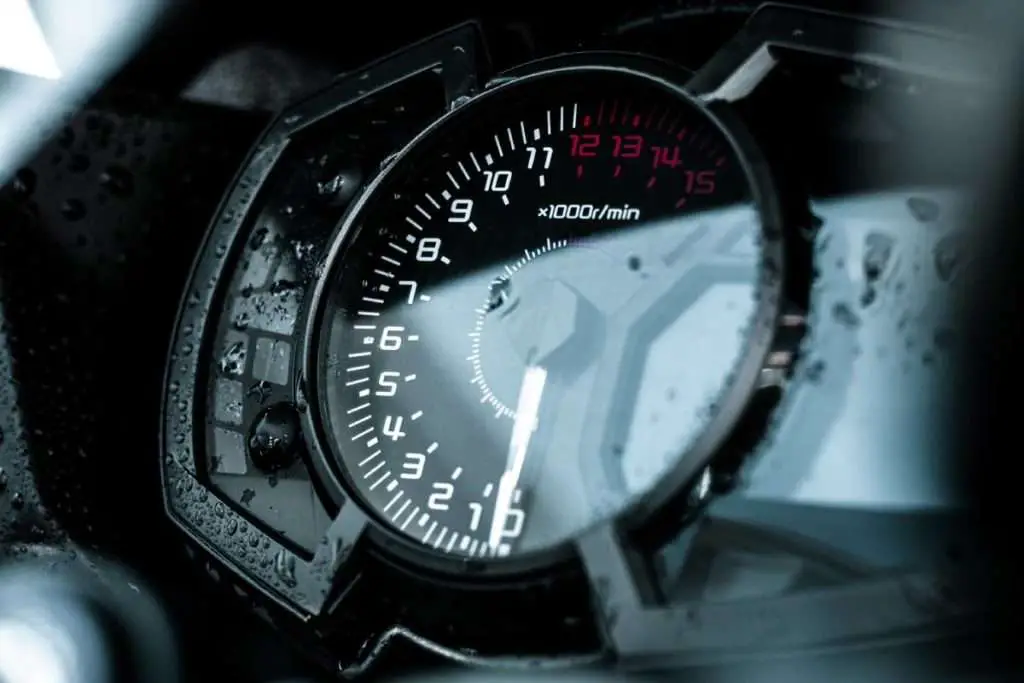
Before we get to the nitty and gritty of the top recorded stats, it is good to know the different factors contributing to acceleration. After all, it’s not all about pressing your foot on the pedal and letting the magic happen.
The Power-To-Weight Ratio Factor
You will find that most sports motorcycles can accelerate from 0-60 in less than 3 seconds. This acceleration bracket is usually the case for cruiser motorcycles as well.
It is an impressive statistic, and it boils down to the power-to-weight ratio.
- Motorcycles are smaller, and it is an engine with two wheels. In comparison, a car might carry up to 4 passengers, a metal frame, bumpers, a/c, etc.
- Motorcycles have fewer safety regulations than cars. So, the power-to-weight ratios are usually higher than cars.
Weight Distribution
A motorcycle can alter its weight distribution during acceleration. All the weight can transfer to the back wheel if it is doing an acceleration off-the-line. A rider can keep the front down by leaning forward.
When you compare this to a car, a lot of the weight remains on the front wheels. Also, the traction is not ideal on the back wheels. This situation can be even worse for a front-wheel drive.
The Special Connection With Your Motorcycle
You and your bike have a special connection. Car drivers don’t have this connection with their cars. Sure, they love them as well. But they don’t feel like they are part of the machine itself. You know – how to sit on it, and instinctively know when to lean and relax. This connection and feel for your motorcycle make you more attuned when you hit that pedal.
Acceleration Statistics That Will Blow Your Mind
Now you know about the factors that affect acceleration in motorcycles and cars.
So, what is the answer to, do motorcycles accelerate faster than cars? Here are the statistics that will put it all into perspective for you.
Street-Legal Production Motorcycle Acceleration Statistics
Two acceleration statistics measure acceleration speed for motorcycles, 0-60 seconds, and the time it takes to reach a quarter of a mile from a standing start.
0-60 seconds Acceleration
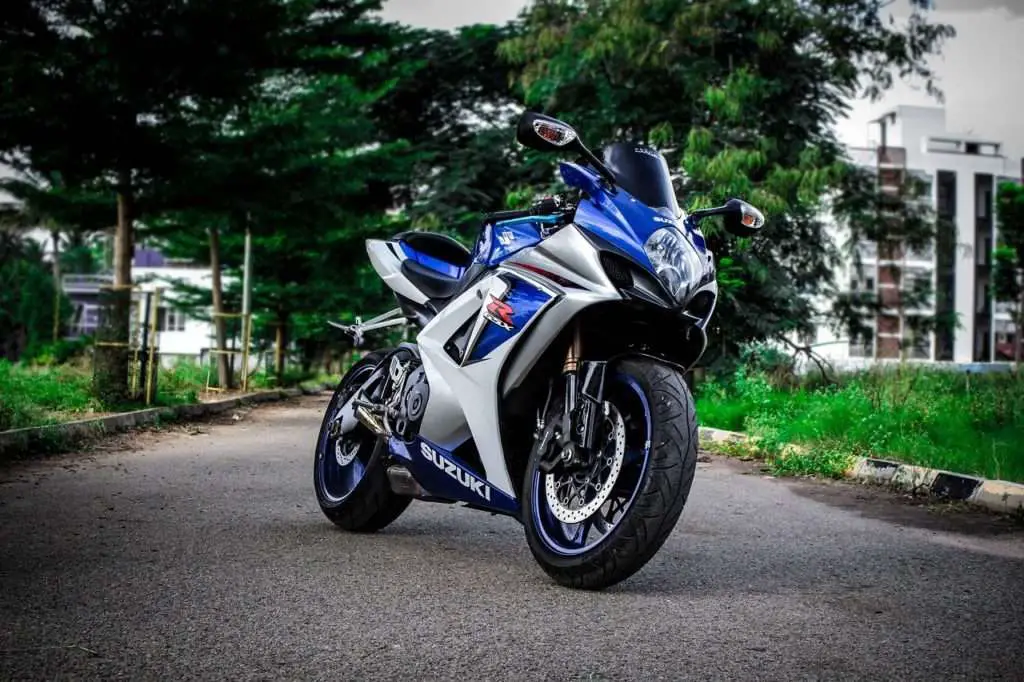
According to a list of street-legal production motorcycles, ranked by acceleration. A Suzuki GSX-R1000 2006 model went from 0-60 in a blistering 2.35 seconds! The only motorcycle that has come close to this is the 2001 Honda CBR1100XX Super Blackbird. It went from 0-60 in an exhilarating 2.4 seconds.
Standing start ¼ of a Mile
Based on the second measurement of acceleration. A 2012 Kawasaki Ninja ZX-14R reached a quarter of a mile in 9.47 seconds, at a final speed of 152.83 mph. The nearest motorcycle to match this was the 2008 Ducati Desmosedici RR. It was quite close on 9.49 seconds and a final speed of 152.80mph.
Fastest Production Car Acceleration Statistics
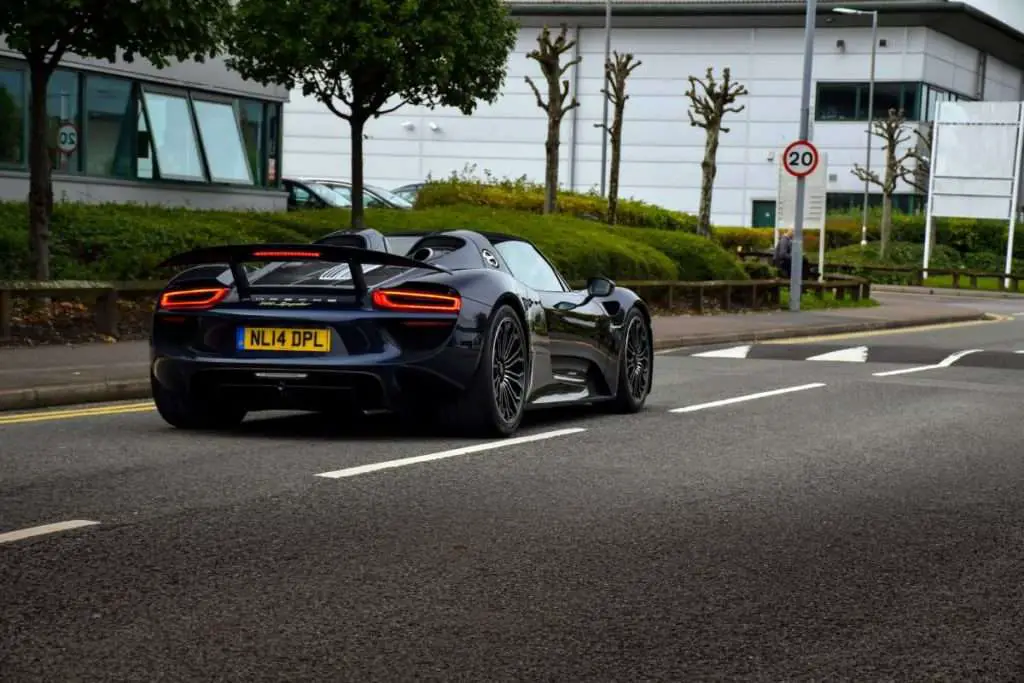
The car tests for fastest production cars, ranked by acceleration, record two different times. A manufacturer’s time and independent time. These two different times can make a difference in motorcycles vs. cars, as you will now see.
0-60 seconds Acceleration
The hybrid-electric Porsche 918 Spyder 2015 model went from 0-60 in kamikaze in 2.1 seconds (independent time) and 2.5 seconds (manufacturers time). So is it faster than the Suzuki? The 2nd fastest car was the 2017 Tesla Model S, an all-electric car, which did it in 2.28 seconds (independent time) and 2.4 seconds (manufacturers time).
Standing start ¼ of a Mile
The statistics for the standing start times are no match for motorcycles. The fastest car is still the Porsche 918 Spyder. Its standing start time is 9.81 seconds, and the final speed is 148.3mph. In the second place on the list, the 2015 hybrid-electric McLaren P1 registered 10.2 seconds at 147.5 mph.
Motorcycles Have the Edge…Just
Motorcycles can 100% accelerate faster than cars. If you look at the statistics for a standing start, going to ¼ of a mile. When it comes to 0-60 seconds for cars, it depends on whether you pick the independent or manufacturer’s time. NB None of this takes into account any illegal attempts, although let’s face it, the cost of the vehicle and the location limit these options.
The Importance of Stopping Distances for Motorcycles
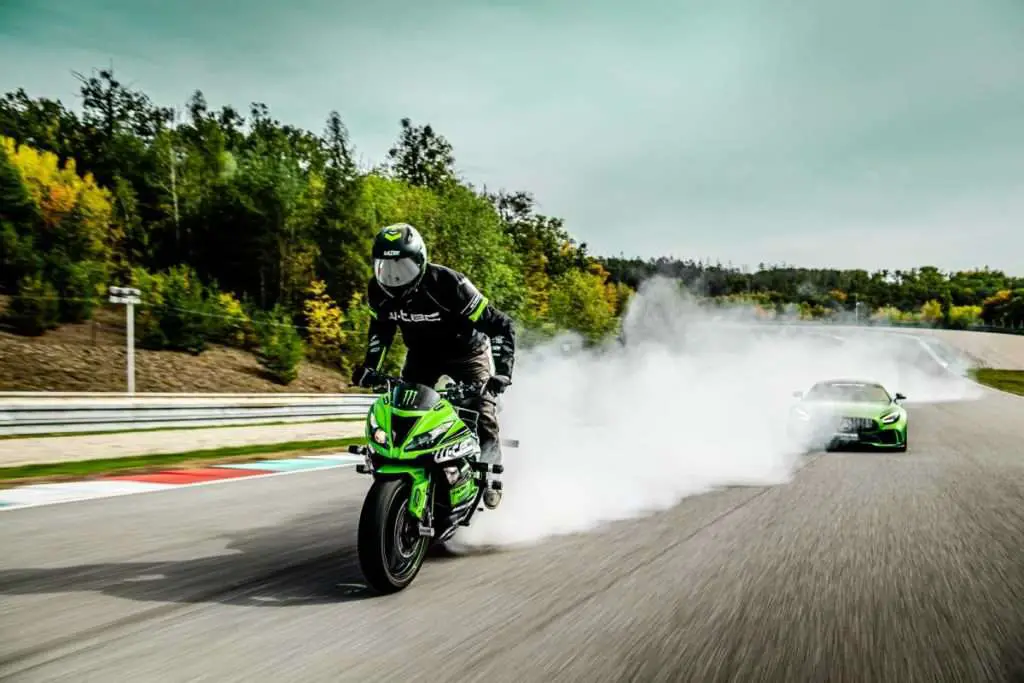
The acceleration and speed of a motorcycle are exciting. But it also highlights the dangers of braking and knowing when to decelerate. If you are a regular motorcyclist, you will know the pitfalls of riding in public. There are so many more risks compared to the racing track. Car drivers change lanes without indicating. Rogue traffic lights that switch, the list goes on. It is paramount that you understand this to avoid danger to yourself or others.
Motorcycle Stopping Distances
You should already know the stopping distances for a motorcycle. But a refresher can be a lifesaver. Here is an excellent video that gives advice and training on improving your total stopping distance on a motorcycle.
The standard stopping distances are:
| Stopping Distances | Thinking Distance | Braking Distance |
| 20 mph | 6m | 6m |
| 30 mph | 9m | 14m |
| 40 mph | 12m | 24m |
| 50 mph | 15m | 38m |
| 60 mph | 18m | 55m |
| 70mph | 21m | 75m |
Do Motorcycles stop faster than cars?
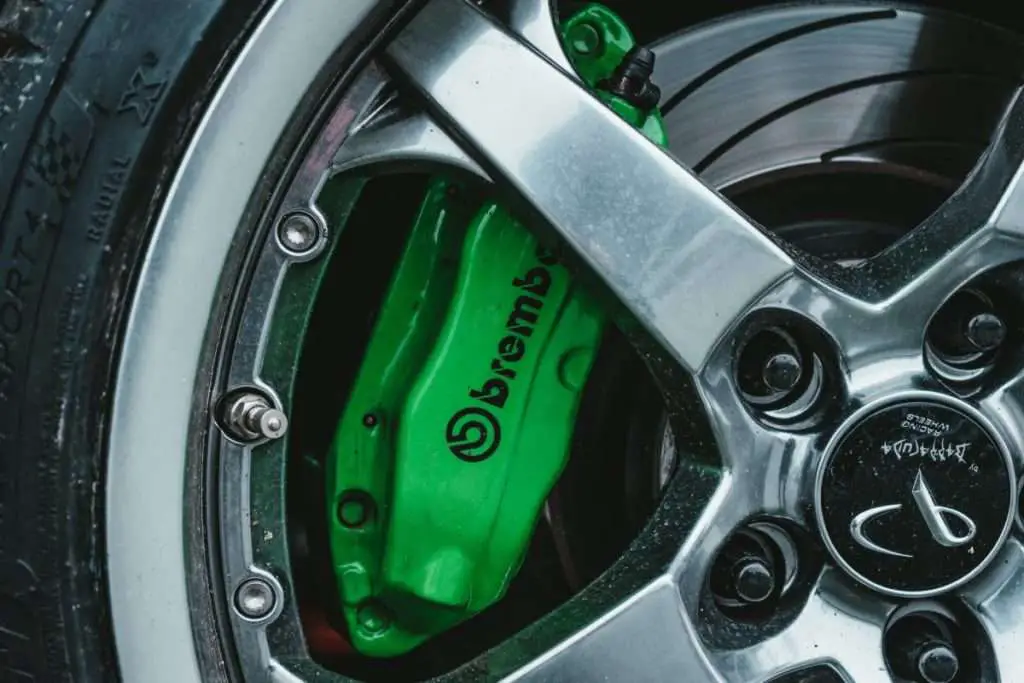
Thankfully, as you can see from the guidelines above, motorcycles can stop relatively quickly. But can motorcycles stop faster than cars? Well, many experienced riders tailgate vehicles. Because they believe they can stop quicker than a car. But trainers tell riders to keep a safe distance as cars can stop faster.
You can consider the following things:
- A car has more significant contact patches with the ground because it has four fairly wide tires. So it can decelerate more because there is more rubber.
- A motorcycle is a lot lighter than a car and has big brakes compared to its size.
- There is also less weight transfer for a car when it decelerates because it has a low center of gravity compared to the wheelbase.
- A motorcycle that hard-brakes ends up shifting weight to the front tire. Sometimes the back wheel might even lift puts more weight and traction on the tires.
The Braking Stats for Racing Vehicles
If you were to compare a MotoGP bike with a Formula 1 Car. The Formula 1 Car can apply brakes with anything up to 5.7g force. In comparison, the MotoGP bike would only be able to use its brakes up to 1.8g force.
The Braking Stats for Standard Vehicles
Unfortunately, motorcyclists and car drivers don’t have access to ultimate racing machines. So if you were to compare “normal” cars and bikes, you need to consider passengers, driving skills, technology, etc.
Some people believe it would be the same braking force of 1g force for a car or a bike. However, it depends on how skilled the motorcyclist is, as it is easier to control a car.
So, the quick answer is, it depends on the type of motorcycle or car. Although ultimately, a car can stop faster than a motorcycle.
In Conclusion
One of the most fun things about motorcycles is their acceleration and speed. So, do motorcycles accelerate faster than cars? Well, it all depends on the type of motorcycle, the location, and the weather. However, motorcycles have a slight edge on cars when it comes to pure acceleration from scratch. Fast acceleration is exciting, but remember that stopping safely and correctly is incredibly important and can make your ride a smoother experience.

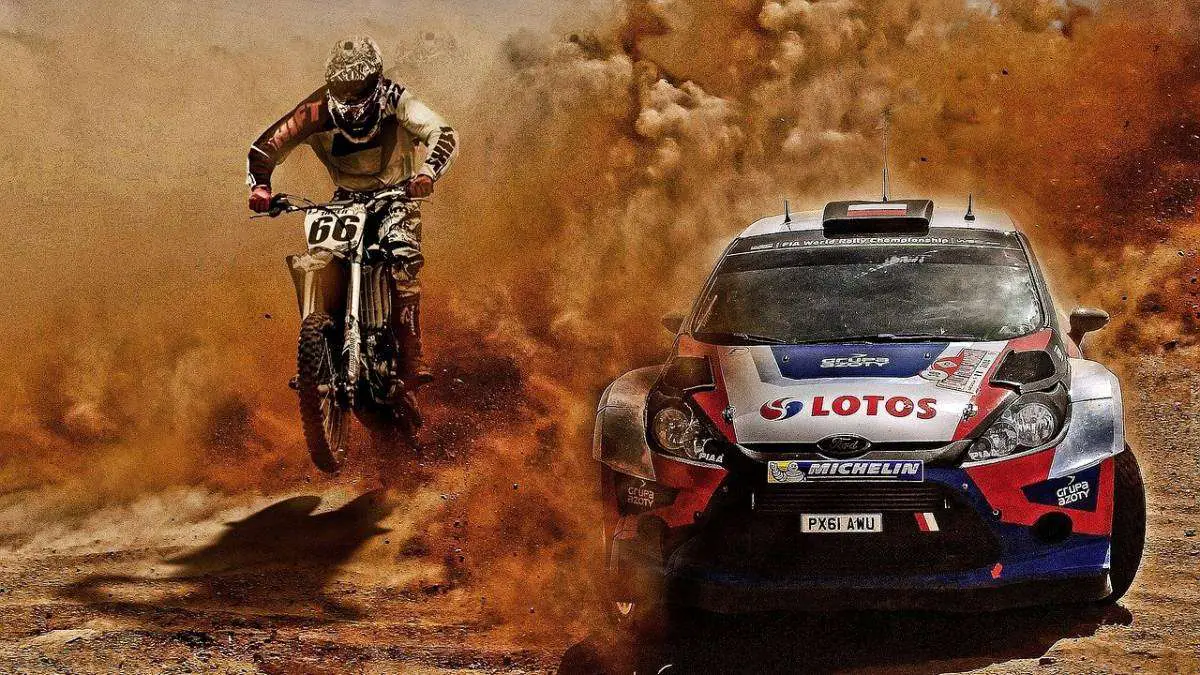
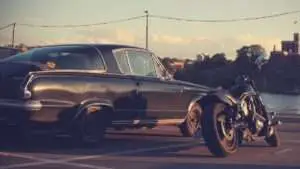 Motorcycles vs. Cars: Which Depreciates Faster?
Motorcycles vs. Cars: Which Depreciates Faster? 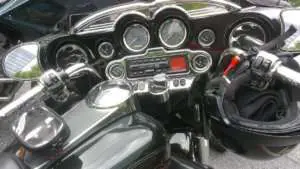 Do Motorcycles Have Radios? Do They Make Riding Better?
Do Motorcycles Have Radios? Do They Make Riding Better? 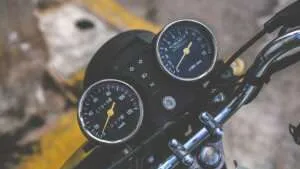 Are Speedometers Required on Motorcycles?
Are Speedometers Required on Motorcycles? 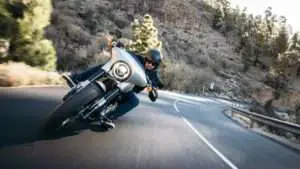 Are Heavier Motorcycles Really Better?
Are Heavier Motorcycles Really Better? 